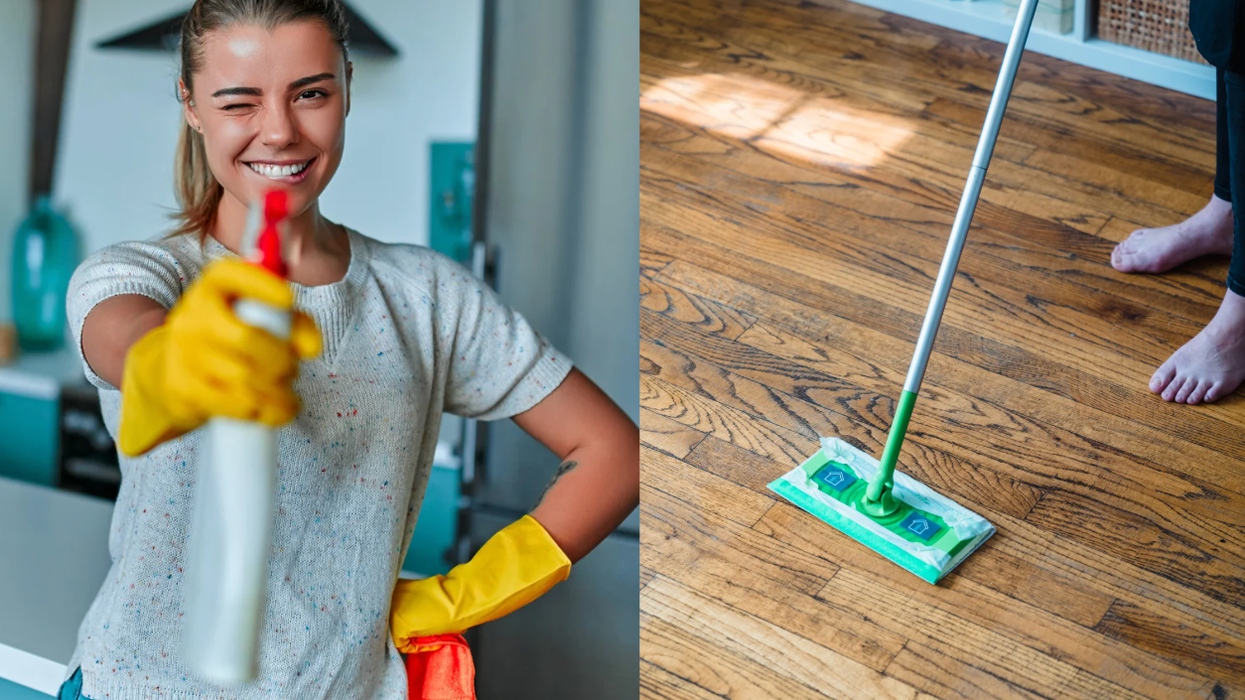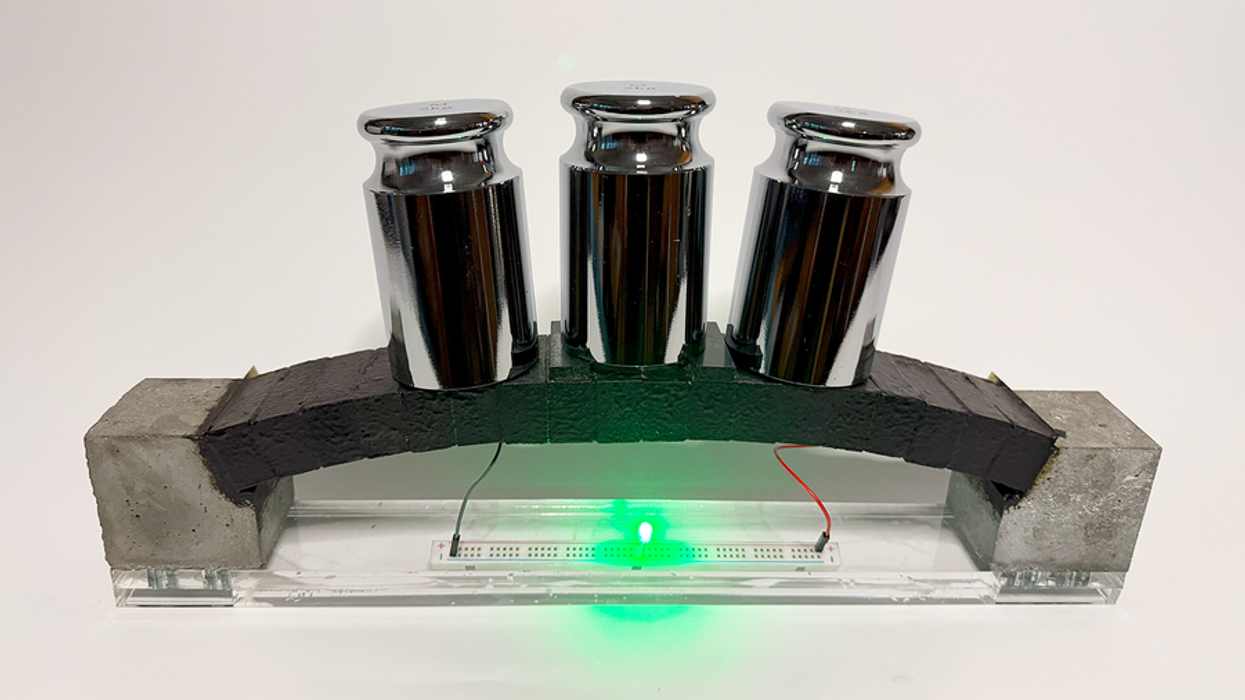With a Tropic Thunder-style commercial that stars pumped up, snake-punching dudes cruising through the jungle brush, the newly released Dr. Pepper Ten cuts to the chase with its catchphrase: "It's not for women."
Ten contains 10 calories and a few grams of sugar, distancing it from its more feminine, zero-calorie, zero-sugar diet counterpart. Though the ad campaign may be tongue-in-check, the aesthetic of Dr. Pepper Ten goes the extra mile to secure the coveted 16-25 male demographic. With a gunmetal gray can and illustrated bullet holes, Ten is another reminder that in product packaging, color matters.
Gender targeting is nothing new for soda companies. Heterosexual women certainly had their turn—the Diet Coke commercial featuring an off-duty construction worker was the eye candy of the mid-‘90s. But recent trends have aimed to lure men to the diet side of cola by painting cans black.
In 2006, Coca-Cola released its first innovative product in more than 20 years; Coke Zero was created as the answer for calorie-conscious dudes who shied away from words like "diet" and "light." Originally, Coke Zero came in a white can, as seen in the initial, very dry ad campaign. With drooping sales, Coca-Cola ditched the white packaging and went for a harder edge. Reintroduced in a jet-black can, Coke Zero quickly became the Jerry Bruckheimer of cola, with advertisements awash in explosions, heart-pumping adrenaline and pole dancers. When the beverage debuted a year later in the UK, where the media dubbed it "bloke coke," an ad campaign starred a young man expressing surprise over a full-bodied, tasty soda that doesn't contain sugar. He roams the streets, joined by several other men, imploring: "So why can't all good things in life come without downsides? Like girlfriends without five-year plans … or bras without the fumbling."It's not clear how black became a hue associated with men—a book about color from author Leatrice Eiseman argues that the popularity of Darth Vader had something to do with it. But the origins probably go back to the 1920s and ‘30s when, despite advances in automobile paint finishes, the wealthiest bankers and doctors in the country rode exclusively in black cars. That changed at the end of World War II: After developments in plastics gave way to an infinite color palette, post-war consumer products looked like glossy pieces of candy.
Rainbow-colored products filled department stores and catalogs until the 1980s, when Japan's economy reemerged with the most innovative and coveted consumer electronics the world had seen—among them, Sony's Walkman. Matte black gadgets, produced in the minimalist hi-tech style of the 1980s, flowed into Western markets and became the new symbols of wealth. The hot orange and avocado green gadgets of the two previous decade soon seemed cartoonish and immature in comparison to the portable stereos and VCRs coming out of Japan. The decade also witnessed the rise of the Trump aesthetic, when the original symbols of wealth—power suits and limousines—were awash in black. As the color of powerful CEOs and luxurious gadgets, black came to be associated with the upwardly mobile playboy.
Are we really so gender-sensitive that the color of a product's package matters? Despite Coca-Cola's best efforts, the statistics on Coke Zero suggest otherwise. Two years after the man-drink was released, Scott Williamson, a spokesperson for Coca-Cola, told reporters Zero was consumed by men and women in equal numbers. In an attempt to explain these results in her book The Right Sensory Mix, behavioral researcher Diana Derval says it comes down to a matter of taste. While Diet Coke carries the bitter after-taste of aspartame, Zero has an equal mix of aspartame and acesulfame potassium, resulting in a sweeter aftertaste. "Women happen to be, on average, more sensitive to bitterness than men. So women who tried Coke Zero in spite of the men-targeted ad campaign naturally abandoned Diet Coke to switch to Zero," Derval wrote. But even with the approval of both genders, Coca-Cola still skews Zero toward men—the dark, minimal design of the beverage's website contains links to both EA Sports and Sports Illustrated.
The paint-it-black trend has infiltrated other products, where it has been met with similarly mixed, and sometimes unexpected, results. When Kotex released its new U brand of tampons, packaged in matte black boxes that are the aesthetic opposite of nearly every other tampon line on the shelf, the primary motivation was to make men less embarrassed when purchasing the box of feminine products for their girlfriends. However, women have embraced the aesthetic departure from the expected pastel butterflies and flowers of other brands.
While the competition for the manliest diet soda is waged through million-dollar ad campaigns, expect the most fraught battle to unfold in the personal care aisle of drug stores, where companies are scrambling to masculinize cosmetic and personal hygiene products. Nivea, Dove and L’Oreal are among those developing soaps, gels, and even bronzers packaged in more man-friendly, dark colors. If you ever want to see this packaging battle in action, just go to your local pharmacy and look to the shelf where her deodorant meets his—soft pastels clashing with matte black, navy and blood red.
Photo by Chappell Ellison
















 Otis knew before they did.
Otis knew before they did.